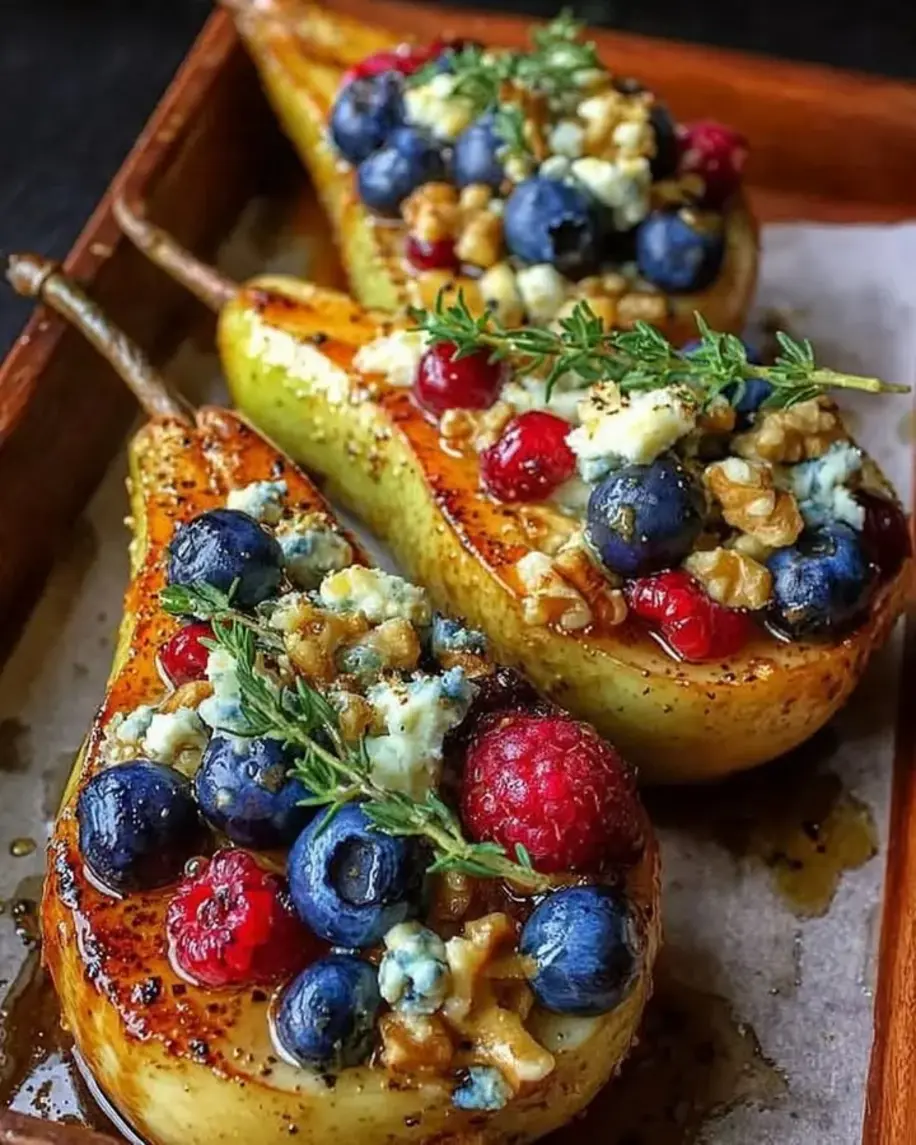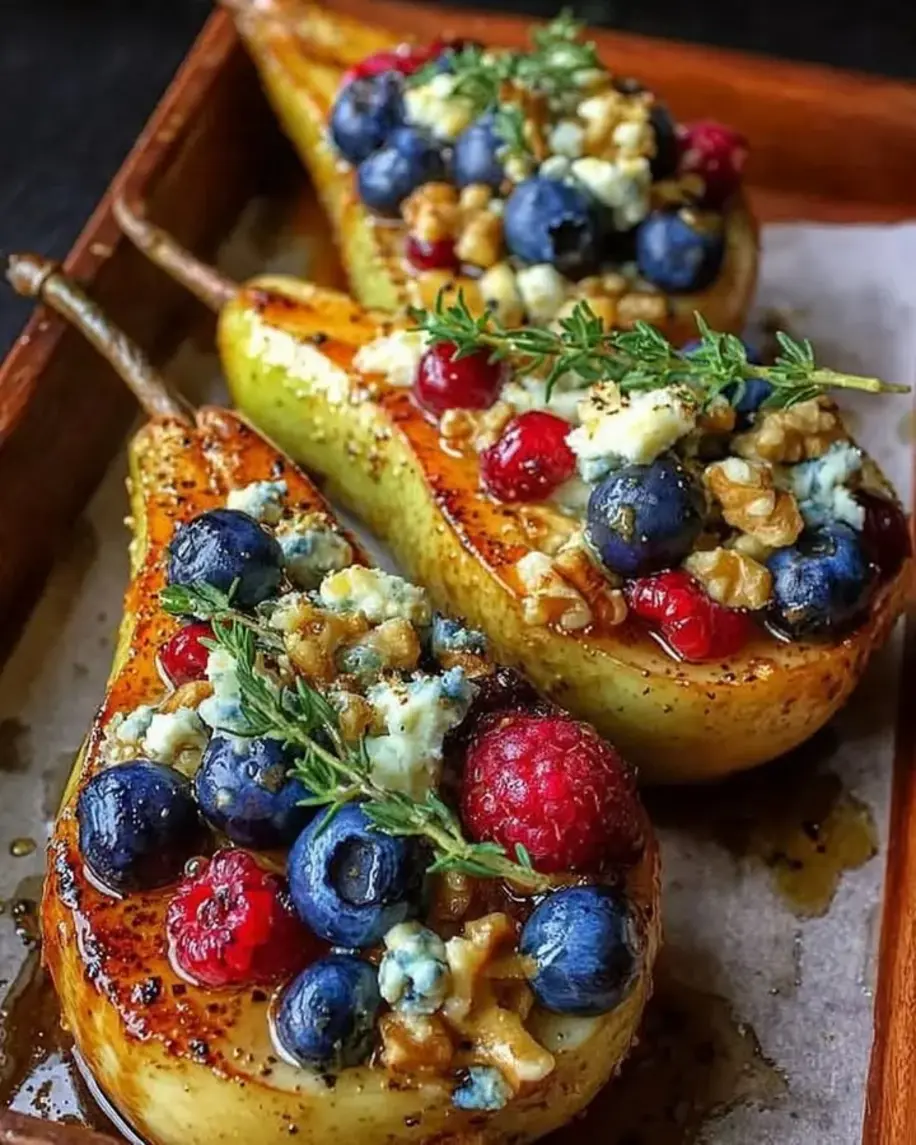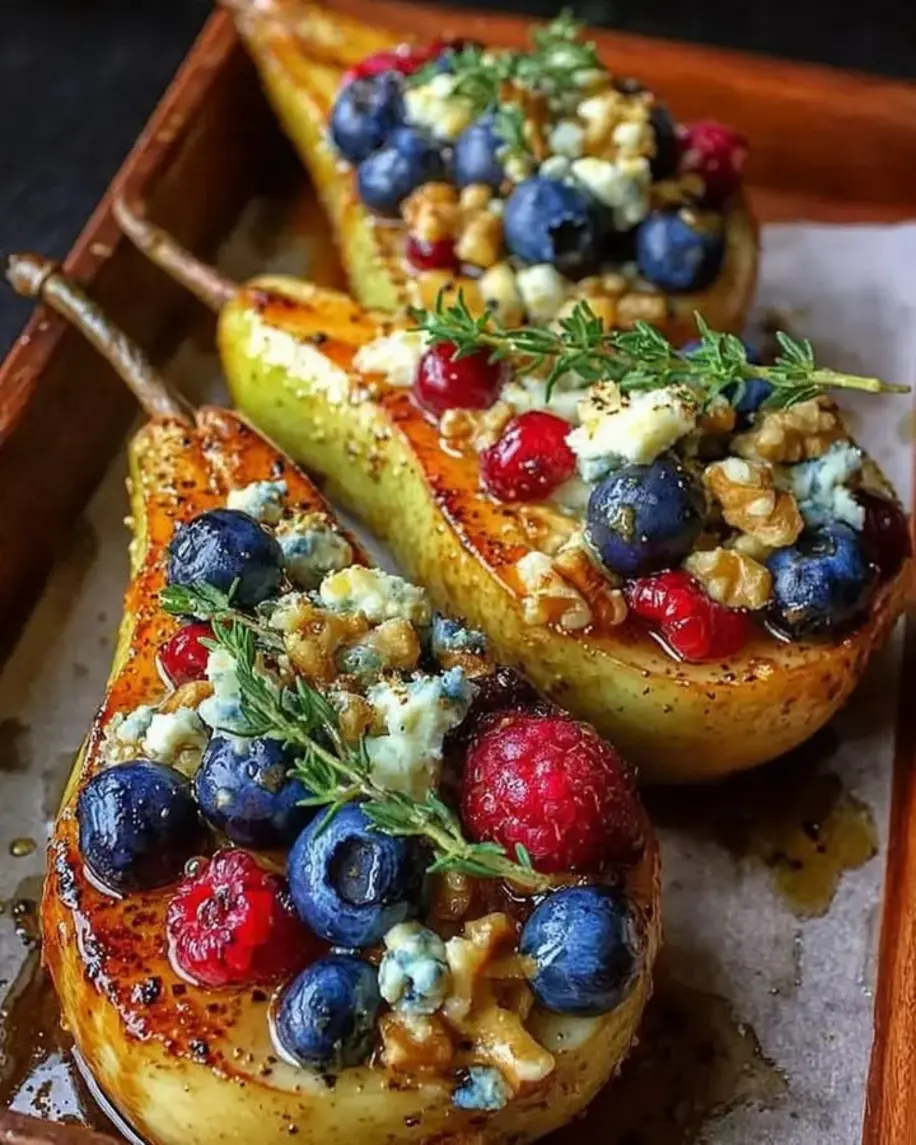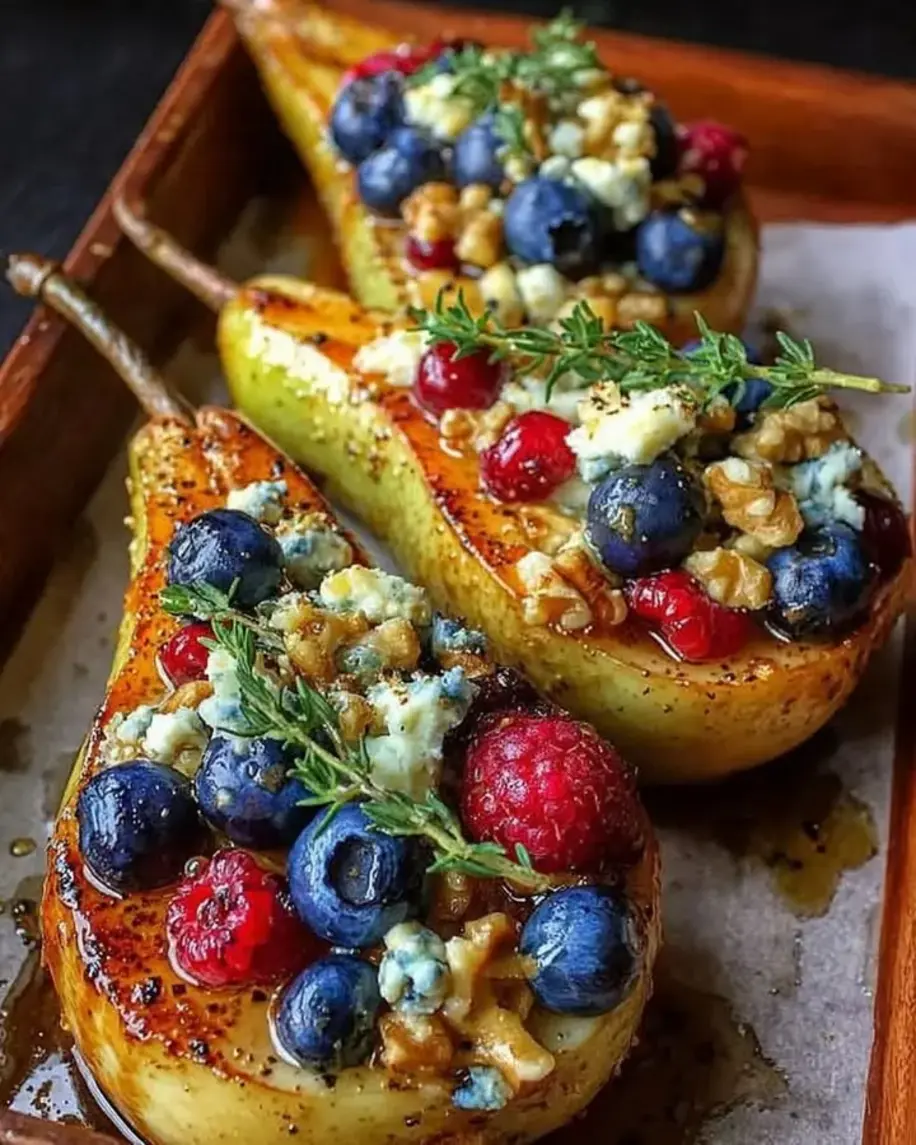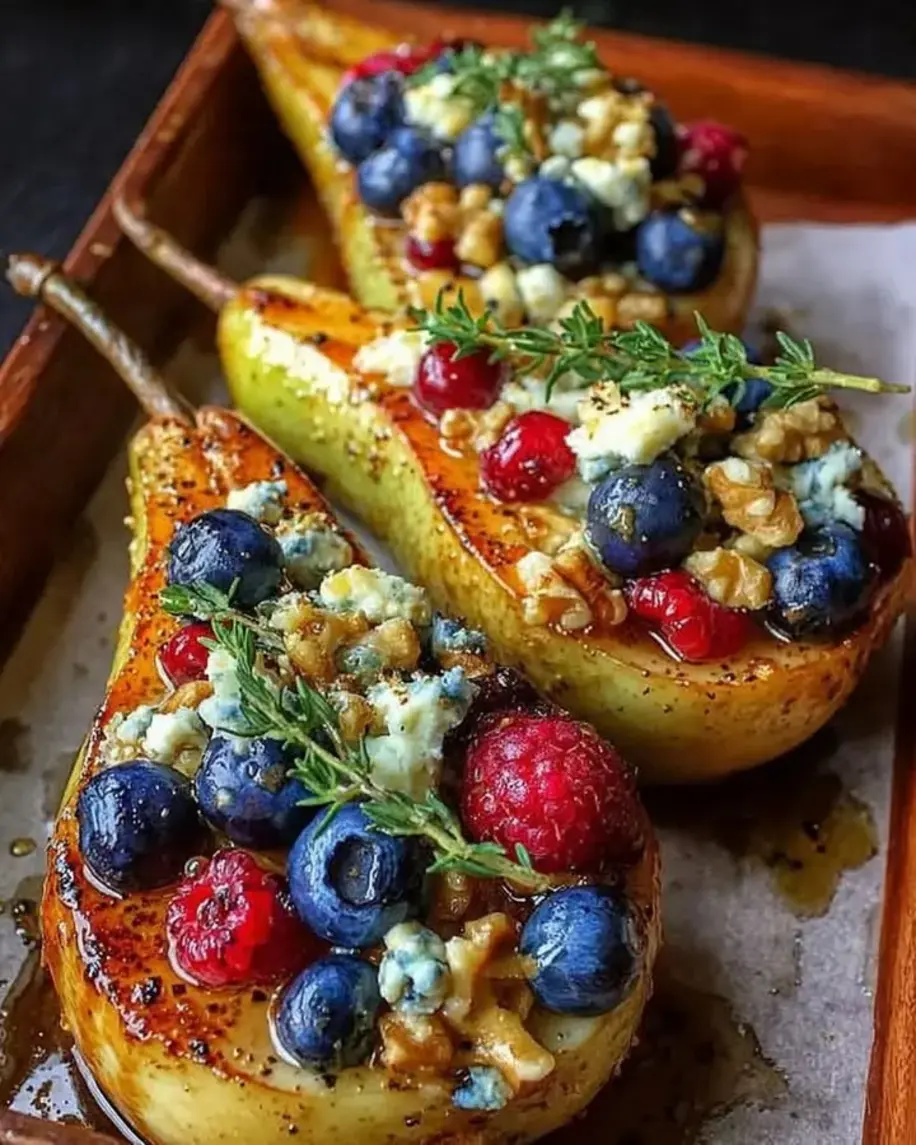Sweet Potato Rounds with Brie, Cranberry Pecans: The Only Recipe You’ll Ever Need
Imagine transforming a simple gathering into an unforgettable feast with the ultimate sweet potato rounds appetizer. These savory-sweet bites, featuring tender baked sweet potato rounds topped with creamy brie cheese, tart dried cranberries, and crunchy toasted pecans, are the go-to choice for holiday parties or cozy weeknight snacks. As a fan of effortless yet elegant appetizers, I discovered how this recipe elevates everyday ingredients into something extraordinary—perfect for impressing guests without spending hours in the kitchen. With its irresistible blend of flavors and textures, this sweet potato rounds recipe stands out as a game-changer for home cooks seeking brie cranberry bites that are both delicious and simple to prepare.
The allure of these sweet potato rounds lies in their sensory symphony. Picture the sweet potatoes emerging from the oven with a beautifully caramelized edge, offering a slight crispiness that contrasts with their soft, fluffy interior. Each bite delivers the velvety melt of brie cheese, its rich, creamy tang harmonizing with the sharp burst of dried cranberries and the nutty crunch of toasted pecans. Aromas of warm, earthy sweetness fill the air, evoking the comfort of autumn spices while the subtle saltiness ties it all together. It’s a brie pecan bite that feels indulgent yet balanced, making it an ideal sweet potato appetizer for any occasion.
What sets this version from exorecipes.com apart is the expertise of Chef Sally, whose tested techniques ensure flawless results every time. You’ll learn the Chef’s Secret to achieving that perfect caramelized finish, along with tips for substitutions and make-ahead strategies that make this recipe foolproof. Whether you’re a novice or a seasoned cook, this comprehensive guide will empower you to create brie cranberry bites that rival restaurant-quality dishes. Dive in for step-by-step instructions, nutrition insights, and answers to your burning questions, all designed to boost your kitchen confidence.
Why This Sweet Potato Rounds with Brie, Cranberry Pecans Recipe is a Game-Changer
The Chef’s Secret: Our unique angle—the unbeatable savory-sweet fusion—comes from carefully toasting the pecans and allowing the brie to melt just until bubbly, creating a harmonious blend that elevates these sweet potato rounds above standard appetizers. This technique locks in the pecans’ natural oils for enhanced crunch and flavor, while the brie’s creamy richness balances the sweet potatoes’ natural sugars. Tested in our kitchen multiple times, this method ensures every bite delivers a gourmet experience without the fuss.
Unbeatable Texture: The science behind the texture involves baking the sweet potato rounds at a high temperature, which caramelizes their natural starches and creates a tender yet firm base. This contrasts perfectly with the gooey brie and the pecans’ crispiness, thanks to the toasting process that reduces moisture and intensifies crunch—making these brie pecan bites texturally superior and more satisfying.
Foolproof for a Reason: This recipe has been rigorously tested to guarantee success, even for beginners. With precise timings and simple steps, you’ll avoid common pitfalls like over-baking the potatoes, which could make them mushy. It’s a reliable sweet potato appetizer that delivers consistent results, earning rave reviews from home cooks who appreciate its ease and versatility.
Ingredient Spotlight: Quality Makes the Difference
For sweet potatoes, the star of these sweet potato rounds, choose firm, orange-fleshed varieties for their natural sweetness and vibrant color. They provide a hearty base that absorbs flavors beautifully while offering beta-carotene for a nutritional boost. Quality matters here—opt for organic ones to avoid pesticides, as they caramelize better when baked. If unavailable, substitute with yams for a similar texture, though they may be slightly drier.
When it comes to brie cheese, its creamy, mild flavor is essential for that luxurious melt in your brie cranberry bites. Select a high-quality wheel from a reputable source to ensure it’s ripe and full-fat, which guarantees the best gooey consistency. This ingredient adds a savory depth that complements the sweetness of the potatoes—if you’re dairy-sensitive, swap with goat cheese for a tangy alternative that maintains the recipe’s integrity.
Dried cranberries bring a tart, chewy contrast to the sweet potato appetizer, packed with antioxidants and a pop of color. Always go for unsweetened varieties to control the sugar content and enhance the natural flavors. If you’re out, fresh cranberries (simmered briefly) can substitute, but they’ll add extra moisture—adjust accordingly to keep the toppings from becoming soggy.
Toasted pecans are the crunch factor in these brie pecan bites, providing healthy fats and a nutty richness that ties everything together. Source fresh, raw pecans and toast them yourself for maximum flavor release—store-bought toasted ones often lose their edge. For allergies, walnuts make a great substitute, offering similar crunch without overpowering the dish.
Olive oil serves as the simple yet effective coating for your sweet potato rounds, helping achieve that golden crispiness while adding a subtle earthiness. Choose extra-virgin for its superior quality and health benefits, like monounsaturated fats. In a pinch, avocado oil works as a substitute with a neutral taste and high smoke point.
Salt and pepper to taste are the unsung heroes, enhancing the overall balance in this cranberry pecan appetizer. Use fine sea salt for even distribution and freshly ground black pepper for a pungent kick. If watching sodium, herbs like rosemary can add flavor depth as a low-sodium alternative.
Step-by-Step Instructions
Step 1: Preparing the Sweet Potato Rounds
Preheat the oven to 400°F and line a baking sheet with parchment paper as directed. Toss the sweet potato rounds with olive oil, salt, and pepper until evenly coated for that perfect savory-sweet fusion.
Pro Tip: Slice the sweet potatoes uniformly to ensure even baking—uneven pieces can lead to some burning while others remain undercooked.
Step 2: Creating the Baked Base
Arrange the coated sweet potato rounds on the baking sheet and bake for 20-25 minutes, or until tender, allowing them to develop that irresistible caramelized edge.
Common Mistake to Avoid: Don’t overcrowd the sheet; this can trap steam and prevent crisping—leave space between rounds for optimal results.
Step 3: Adding the Toppings
Remove the baked rounds from the oven and top each with a slice of brie cheese, dried cranberries, and toasted pecans for your brie cranberry bites.
Pro Tip: Use room-temperature brie for quicker melting and better distribution across the sweet potato appetizer.
Step 4: Melting the Cheese
Return the topped sweet potato rounds to the oven for an additional 5 minutes, or until the cheese is melted and bubbly, enhancing the savory-sweet fusion.
Common Mistake to Avoid: Over-melt the brie and it might become oily—watch closely to achieve that perfect gooey texture.
Step 5: Final Touches
Take the baking sheet out of the oven and let the rounds cool slightly to set the toppings on your brie pecan bites.
Pro Tip: Garnish with a sprinkle of fresh herbs like thyme for an extra layer of flavor without altering the core recipe.
Step 6: Serving the Dish
Serve the sweet potato rounds warm as a delightful cranberry pecan appetizer, ready to wow your guests.
Common Mistake to Avoid: Serve too soon and the cheese might be too hot—allow a brief rest for the best eating experience.
Serving & Presentation
Elevate your sweet potato rounds by plating them on a rustic wooden board for a visually appealing spread, garnishing with fresh rosemary or a drizzle of balsamic glaze to enhance the savory-sweet fusion. The gooey brie cheese will create an inviting focal point, making these brie cranberry bites perfect for cocktail parties or as a starter for Thanksgiving feasts. Pair this sweet potato appetizer with complementary sides like a crisp green salad or charcuterie board to balance the richness. For a main dish, serve alongside grilled chicken or roasted vegetables to turn it into a hearty meal, ensuring a well-rounded dining experience that highlights its versatility as a brie pecan bite.
Make-Ahead & Storage Solutions
Make-Ahead Strategy: Prepare the sweet potato rounds up to 2 days in advance by slicing and coating them in olive oil, then storing in an airtight container in the fridge. Toast the pecans separately and keep them at room temperature for up to 3 days, assembling the toppings just before baking to maintain that fresh crunch in your sweet potato appetizer.
Storing Leftovers: Store any uneaten brie cranberry bites in an airtight container in the refrigerator for up to 3 days. For longer storage, freeze the baked rounds without toppings for up to a month—thaw in the fridge before reheating.
The Best Way to Reheat: To restore the original texture and flavor of these brie pecan bites, reheat in a 350°F oven for 5-7 minutes until warm and crispy. Avoid microwaving, as it can make the potatoes soggy and diminish the savory-sweet fusion.
Frequently Asked Questions (FAQ)
How long do sweet potato rounds take to bake?
Sweet potato rounds typically take 20-25 minutes to bake at 400°F until tender, as specified in this recipe. This timing ensures they achieve that perfect caramelized edge without becoming overly soft, making them an ideal base for your sweet potato appetizer. Factors like oven calibration and potato thickness can vary this slightly, so check for doneness with a fork—aim for a fork-tender texture while maintaining a slight firmness for the best results in your brie cranberry bites.
What are good substitutes for brie cheese on sweet potato rounds?
Great substitutes for brie cheese include goat cheese for a tangy twist or camembert for a similar creamy melt, both of which preserve the savory-sweet fusion in your sweet potato rounds. If you prefer a sharper flavor, try feta, though it might not melt as smoothly—reduce baking time to avoid drying it out. For a vegan option, use a dairy-free alternative like cashew-based cheese to keep these brie pecan bites accessible while maintaining their delightful texture.
Can I make the cranberry pecan topping ahead of time for sweet potato rounds?
Yes, you can prepare the cranberry pecan topping ahead of time for your sweet potato rounds. Mix the dried cranberries and toasted pecans up to 3 days in advance, storing them in an airtight container at room temperature to preserve crunch. This make-ahead approach simplifies assembly, ensuring your sweet potato appetizer is ready quickly while keeping the flavors fresh for those brie cranberry bites—just add to the baked rounds right before the final bake for optimal results.
What can I serve with sweet potato rounds as a main dish?
For serving sweet potato rounds as part of a main dish, pair them with proteins like grilled chicken, roasted turkey, or even a vegetarian option such as quinoa-stuffed peppers to complement the savory-sweet fusion. These brie pecan bites work wonderfully alongside fresh salads or steamed greens for a balanced meal, turning your sweet potato appetizer into a hearty, satisfying dinner that’s perfect for family gatherings or casual weeknights.
Is this recipe suitable for dietary restrictions like gluten-free or vegan?
Yes, this sweet potato rounds recipe is naturally gluten-free, as it uses no wheat-based ingredients. For a vegan version, swap the brie cheese with a plant-based alternative like vegan cream cheese or nut-based cheese, and ensure your dried cranberries are free of added animal-derived gelatin. These adjustments maintain the essence of your brie cranberry bites while making them inclusive for various diets.
How can I add more flavor variations to sweet potato rounds?
To add more flavor to your sweet potato rounds, experiment with spices like cinnamon or nutmeg for a warmer profile, or incorporate fresh herbs such as thyme for an herbaceous note. These tweaks can enhance the savory-sweet fusion without overpowering the core ingredients, making your brie pecan bites endlessly customizable for different tastes.
Tried This Recipe? Leave a Comment!
Did you make this recipe? I’d love to hear how it turned out! Please leave a comment and a rating below. Your feedback helps other home cooks and supports exorecipes!
For more delicious inspiration, follow me on Pinterest!
.
Print
Sweet Potato Rounds with Brie, Cranberry Pecans
- Prep Time: 15 minutes
- Cook Time: 30 minutes
- Total Time: 45 minutes
- Yield: 4 1x
- Method: Appetizer
- Cuisine: American
Description
Baked sweet potato slices topped with brie cheese, dried cranberries, and toasted pecans for a savory-sweet appetizer.
Ingredients
- 2 large sweet potatoes, sliced into 1/2-inch rounds
- 4 ounces brie cheese, sliced
- 1/2 cup dried cranberries
- 1/2 cup pecans, chopped and toasted
- 2 tablespoons olive oil
- Salt and pepper to taste
Instructions
- Preheat the oven to 400°F and line a baking sheet with parchment paper.
- Toss the sweet potato rounds with olive oil, salt, and pepper until evenly coated.
- Arrange the rounds on the baking sheet and bake for 20-25 minutes, or until tender.
- Remove from the oven and top each round with a slice of brie, cranberries, and pecans.
- Return to the oven for an additional 5 minutes, or until the cheese is melted and bubbly.
- Serve warm.
Notes
For a vegetarian option, ensure all ingredients are plant-based; pairs well with a light salad.
Nutrition
- Calories: 250
- Sugar: 10g
- Fat: 12g
- Carbohydrates: 28g
- Protein: 6g
